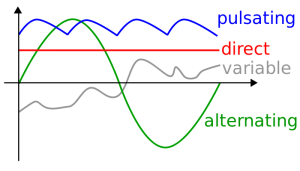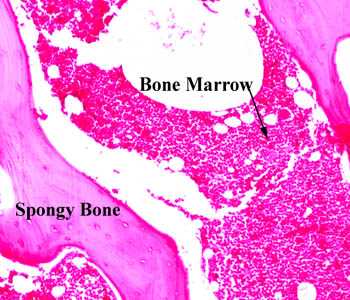Cartilage to bone transitions in health and disease.
“The apical ectodermal ridge and the zone of polarising activity control proximo-distal and anterior-posterior patterning in the growing limb bud. These two centres are regulated by signalling pathways including Indian hedgehog (Ihh) and Wnt/beta-catenin”
“planar cell polarity (PCP), a non-canonical Wnt pathway involving the cadherins Fat and Dachsous (Fat/Dchs), is also important in embryonic skeletal development. Gradients of Dchs expression appear to regulate cell shape and directional movement during limb morphogenesis and growth”
“movement-induced mechanical bone loading regulates longitudinal growth of skeletal elements [via epigenetic alteration]”
“Endochondral ossification is initiated by embryonic mesenchymal cells migrating to form pre-cartilage condensations, which then undergo differentiation into chondrocytes and secrete an extracellular matrix rich in collagen type II and aggrecan. The chondrocytes of these cartilage condensations undergo an ordered and highly regulated process involving predominant marginal proliferation and central maturation, hypertrophy and cell death”
Other events are described until eventually a secondray ossifaction center is formed called the epiphyseal plate. Maybe the formation of the secondary ossification center can give insights into height growth.
Chondrocytes maintain fixed positions while undergoing their various differentiation states.
“The primary zone of the growth plate, often known as the ‘resting’ or ‘germinal’ zone, consists of undifferentiated chondrocyte progenitors. Unlike the remainder of the growth plate, the chondrocytes of the resting zone are distributed sporadically and have a low rate of proliferation”<-Our idea is that any stem cell can function as a chondrocyte progenitor to form a new growth plate.
“As chondrocytes progress from the resting zone, they gain a proliferative phenotype and adopt a flattened, oblate shape, arranging themselves into longitudinal columns. It is proposed that the creation of these highly organised columns is directed by the chondrocytes in the resting zone which have been postulated to produce a growth plate-orientating factor”<-Conceivably a mesenchymal stem cell could acquire the same phenotype.
WISP3 regulates IGF-1 control of chondrocyte hypertrophy which affects longitudinal growth.
The ECM matrix is mineralized during the hypertrophic stage to facilitate vascular invasion. Since ECM matrix mineralization affects the degree of interstitial growth possible, this could be a key stage for affecting height growth.
“the formation of mineralised tethers[cords] between epiphyseal and diaphyseal bone [promote] the fusion of the primary and secondary ossification centres”<-The authors suggest that longitudinal bone growth cessation occurs at the end of sexual maturity but there is large reason to believe this is not the case.
“The chondrocytes of the growth plate reach a state of senescence as they exhaust their proliferative potential, and longitudinal bone growth is ceased. In humans, oestrogen mediates these effects in both males and females and the processes controlling fusion are relevant to understanding the ‘permanent’ loss of this transient chondrocyte phenotype”
Differences between type IIA and Type IIB collagen characterize the differences between articular and growth cartilage.
“As joint development progresses, the interzone differentiates into three recognisable layers; two chondrogenic layers which cover the articular surfaces of the developing opposed skeletal elements and an intermediate layer which separates them. There is evidence to suggest that the cells derived from this intermediate layer differentiate to become articular chondrocytes, while the outer layer chondrocytes are incorporated into the growing epiphysis”<-Maybe some outer layer cells are retained that can be used for neo growth plate formation?
“Interzones first appear as densely cellular, homogenous regions with GDF-5, Wnt9a, autotaxin and chordin being known interzone markers”<-These four elements are linked to c-Jun by Wnt9a and c-Jun is upregulated by LSJL. Maybe LSJL can form these interzones?
Articular chondrocytes tend to be smaller than GP chondrocytes and they express Tenascin C. Chondrocyte progenitors are present in the superficial zone in mature cartilage. Perhaps articular chondrocytes can become GP chondrocytes and induce longitudinal growth at the joints?
“The calcified cartilage layer is semipermeable and whilst it acts as a physical barrier for vascular invasion of the overlying articular cartilage, it does permit the passage of small molecules from the underlying subchondral bone”
“there is increasing evidence implicating the re-initiation of the transient chondrocyte phenotype in osteoarthritic aetiology and pathology”
A BMP receptor ALK2 has been implicated in heterotopic ossification.
“in repair of fractured bone tissue in which there is a deliberate re-initiation of the endochondral processes”<-since re-initiation of endochondral ossification can occur in any fractured bone tissue it is likely that any set of mesenchymal cells can be induced to form an ectopic growth plate as well.




